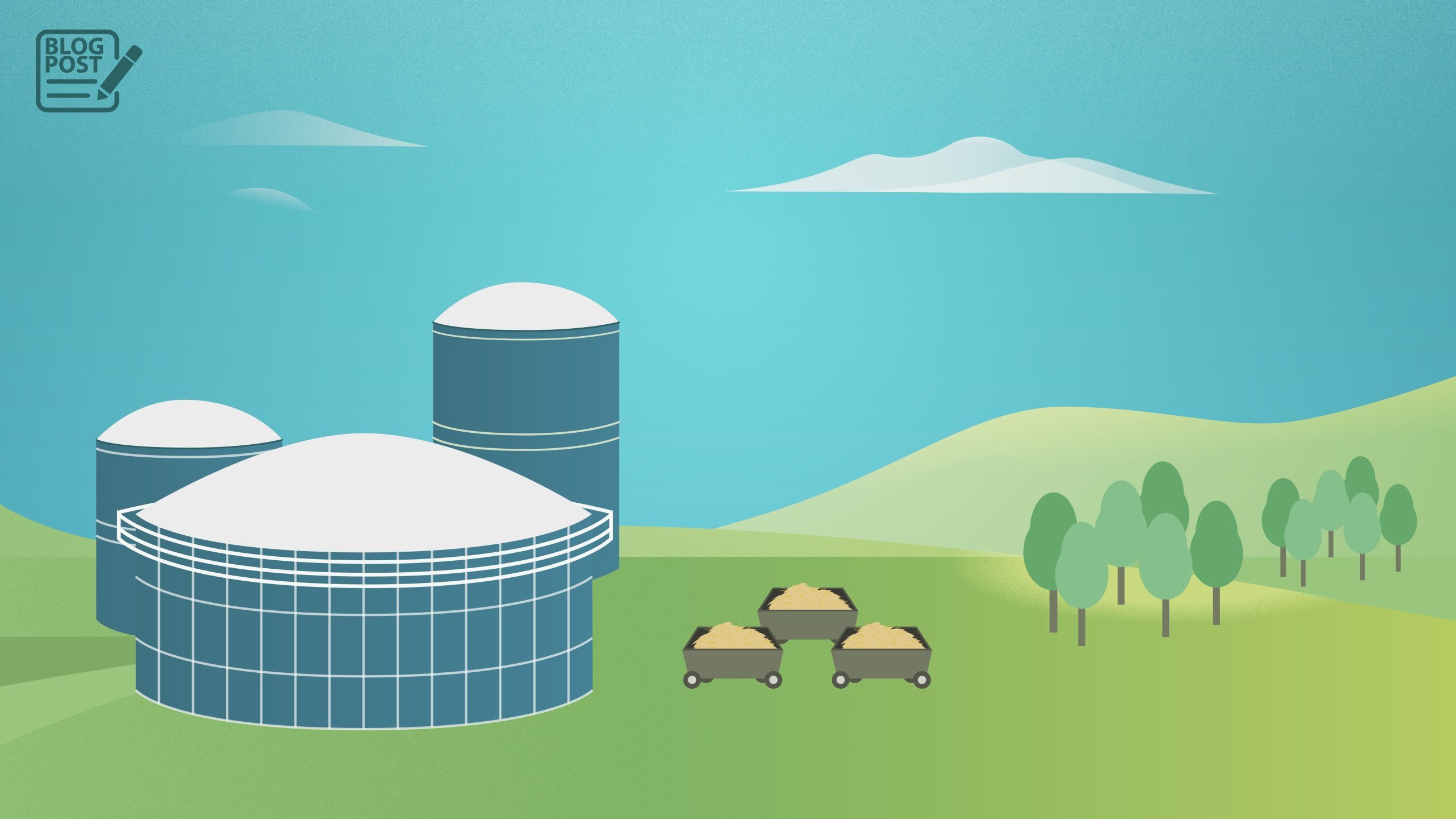We dream of a future where biowaste is not common lingo. Because this organic material can be turned into other useful things, like biogas! We are already using food, agriculture or farming waste to produce biogas. However, the current energy crisis has forced us to look for more feedstocks for biogas production. The European Commission’s REPowerEU plan has established a goal of producing 35 billion cubic metres of biomethane per year by 2030, replacing natural gas. To achieve this and help Europe’s sustainable energy transition, we have to make more types of waste available for biodigesters.

Introducing wood in the process of biogas production
Wood waste is a potential substrate that can help boost the biogas sector, and that’s what our partner Finrenes is aiming to do. This Finnish company established in 2009 develops technologies for energy production from biowaste. They joined the Micro4Biogas project with the goal of helping the industrial scaling of the results achieved in the lab, but since the European Commission's plan for an energy independent Europe came into action, they are now contributing to the testing of lignocellulosic waste for the production of biogas.
Wood chips, hog wood, bark, coconut hulls, corn starks, straw… These are all lignocellulosic biomass, made of three polymers: lignin, hemicellulose and cellulose. Wood waste is very difficult to digest in biogas plants, so they need a specific pre-treatment that breaks the lignin in a way that allows for the bacteria in the biodigesters to access the other two elements, hemicellulose and cellulose, which they use to produce the biogas with. With Finrenes’ technology a 20% conversion ratio can be obtained, meaning that each tonne of biomass introduced results in 200 kg of biomethane.
The need to find new substrates like wood biomass stems from the fact that food waste might be getting smaller due to better and more advanced food production systems. “We need to look at the inedible parts of plants that we can make biomethane from”, says Petteri Salonen, CEO of Finrenes. Forecasts are good, since there is a lot of agriculture that produces this kind of organic waste. “There is a huge potential for biogas production in Europe that is not yet being taken advantage of”, Salonen claims.
A major turning point for biogas
The good news is that lignocellulosic biomass is available in huge quantities, from agriculture residues or energy crops to forestry residues and yard trimmings. This type of waste is so abundant that it can surpass the requirements of the EU by far. In October 2022 at the European Biogas Conference in Brussels, this was a topic of discussion. “Our estimations, based on EU reports about lignocellulosic resources, are up to 600 million tons”, says Salonen. “With our technology we believe that we can get 120 million tons of biomethane, which is around 170 billion cubic metres”.
The potential of using lignocellulosic waste for biogas production is significant, and it offers promising solutions for sustainable energy and decarbonisation. The use of wood biomass for biogas production not only reduces the amount of organic waste in landfills but also helps to cut down on greenhouse gas emissions. Using this waste as feedstock to produce biogas helps avoid the release of methane, one of the most harmful greenhouse gases, into the atmosphere during natural decomposition.
As Europe strives towards energy independence, our project is playing a crucial role in achieving this goal. Wood waste can be a significant ally to accomplish the European Commission’s requirements, and our partner Finrenes is exploring its potential. “The Micro4Biogas project was already important to begin with, but it has become more important due to the urgent need for biomethane”, Salonen concludes.

